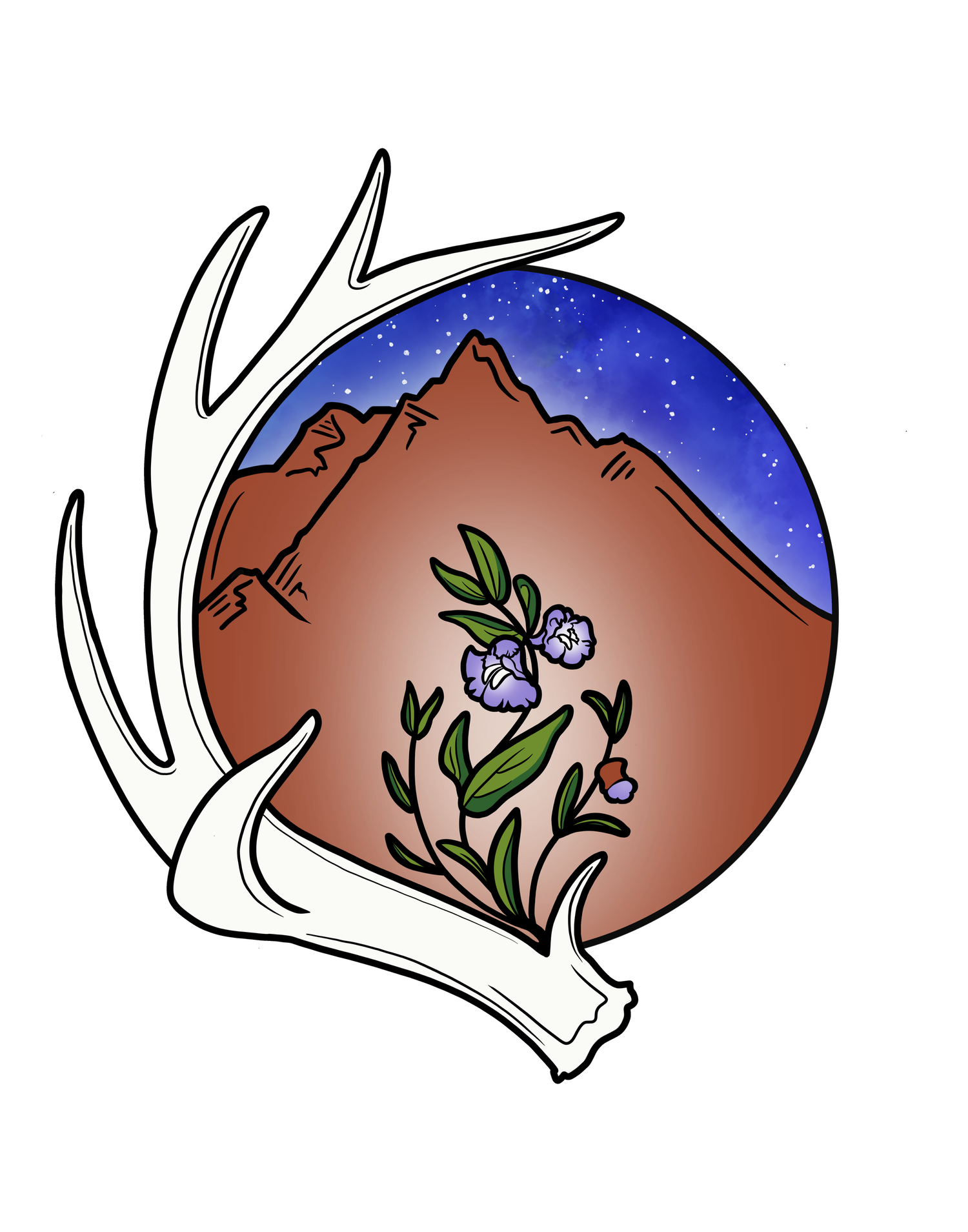Herbs for Endometriosis - Managing Bleeding
For the longest time, I thought my bleeding was normal.
I thought that bleeding through your clothes sometimes was just a part of having a cycle. Those huge clots and fatigue were just a thing, to be endured, but nothing to be worried about.
It wasn’t until I began to study reproductive health and looked at the clinical definitions for heavy bleeding that I began to realize something was up. Once I realized I needed to address my bleeding, I quickly realized that conventional medical options were limited to medications and surgical interventions - and that’s where I began to explore herbs.
While herbs don't always work to help control menstrual bleeding, I've seen it work enough to view it as a viable and useful option for many people experiencing menorrhagia.
Risks of Heavy Menstrual Bleeding - And Why You Might Want to Address It
Heavy menstrual bleeding, aka menorrhagia, is one of the more common symptoms of endometriosis and a whole host of other menstrual disorders. 1 in 5 menstruating folk in the US experience chronic heavy bleeding. That’s about 10 million people or more in the US at any given time, walking around with the risk or active experience of everything from various nervous disorders, to chronic fatigue, to frank blood disorder. One of the more dangerous outcomes of this kind of chronic blood loss is anemia, a condition in which your blood becomes deficient in red blood cells or hemoglobin. It can lead to headache, heart palpitations, depression, anxiety, dizziness, fatigue, shortness of breath, hair loss, and if left untreated, can even lead to irreversible nerve damage or heart failure.
Achillea millefollium, Yarrow, a common styptic with strong traditional use for heavy menstrual bleeding.
Styptic or Hemostatic Herbs
Generally speaking, these herbal actions describe plants that can decrease or stop bleeding. In most herbal texts, styptics are discussed as being used for acute external injury, such as from a wound, but the action also applies to internally sourced bleeding, such as within the digestive tract or the uterus. Yarrow is one of our most famous styptic herbs, and has a rich history of use for heavy menstrual bleeding, but for now I want to talk about two herbs that aren’t as commonly discussed, and are my two go-to herbs when it comes to slowing flow.
Capsella bursa-pastoris plant, Shepherd’s purse.
Shepherd’s Purse - Capsella bursa-pastoris
Brassicaceae, Mustard Family
AKA, pepper plant, mother’s heart, lady’s purse, Hirtentasche
Herbal Energetics: cool and dry
Herbal Actions: styptic, hemostatic, astringent, diuretic, uterine stimulant, tonic to pelvic tissue
Dosing information: Tincture of fresh plant, 1:2, recently dried plant, 1:5, 50% alcohol, 30-90 drops. As I’ve come to see it, since this is a fairly gentle and foodlike plant - dosing 30-90 drops until bleeding begins to slow or stop, sometimes up to an ounce of tincture over the course of a few hours is okay.
Indications: Uterine bleeding associated with fibroids, endometriosis, and menorrhagia associated with perimenopause. Also used by some pracitioners for prolapse of the bladder or uterine tissue.
Other Notes, Cautions, Contraindications, etc.: potential uterine stimulant, contraindicated in pregnancy (except when used acutely for threatened miscarriage by a midwife trained in working with herbal medicine).
Lady’s Mantle - Alchemilla mollis
Rosaceae, Rose Family
AKA, dew cup, bears foot, Our Lady’s Mantle
Herbal Energetics: Cool and Dry
Herbal Actions: styptic, hemostatic, astringnet, anti-inflammatory, diaphoretic, tonic
Dosing information: Dried herb tincture, 1:5, 50%. 30-90 drops. This is another fairly gentle herb that has a low tendency for side effects, which means you can dose pretty high is necessary. A ‘dose by the dropper full until it works’ strategy is one I’ve taken before with excellent effect. Start low - but it’s generally okay to continue dosing up to an ounce of tincture within a few hours.
Indications: Useful to slow bleeding in any case of excessive uterine bleeding. Useful also in cases of hollow organ prolapse, especially of hte pelvic organs (bladder, uterus, vagina). Strengthens tissue without
Other Notes, Cautions, Contraindications, etc.: Especially as a tea, the astringency of this herb may cause nausea in high doses.
About The Author
Kat Mackinnon, RH (AHG) is a clinical herbalist, teacher, and botanist in Colorado, with a focus on bioregional herbalism in the Mountain West.
Disclaimer: Kat Mackinnon RH (AHG) is a certified herbal medicine practitioner, not a licensed healthcare professional. This material is intended for informational and educational purposes only and should not be used as a substitute for professional medical advice, diagnosis, or treatment. It is highly recommended that you seek the support of a trained professional before working with herbal medicine.






